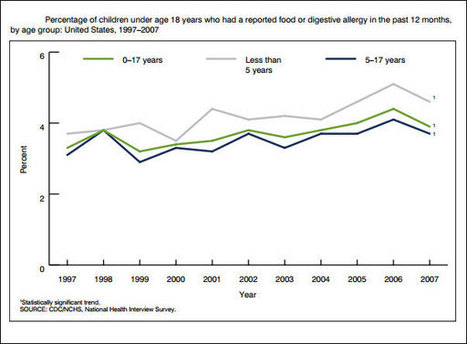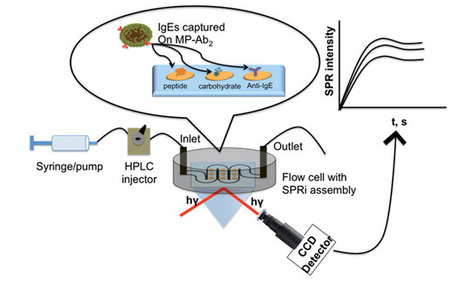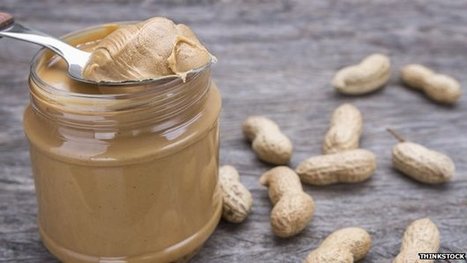The prevalence of food hypersensitivity in the UK is still largely open to debate. Additionally its pathogenesis is also unclear although it is known that there are differing phenotypes.
Follow, research and publish the best content
Get Started for FREE
Sign up with Facebook Sign up with X
I don't have a Facebook or a X account
Already have an account: Login

Ressources et Actualités pour la spécialité Allergie
Curated by
Gilbert C FAURE
 Your new post is loading... Your new post is loading...
 Your new post is loading... Your new post is loading...
|
|






























Cumulative incidence of food hypersensitivity by 2 years of age was 5.0 %. The cumulative incidence for individual food allergens were hens’ egg 2.7 % (1.6–3.8); cows’ milk 2.4 % (1.4–3.5); peanut 0.7 % (0.1–1.3); soy 0.4 % (0.0–0.8); wheat 0.2 % (0.0–0.5) and 0.1 % (0.0–0.32) for fish. The cumulative incidence of IgE-mediated food allergy was 2.6 % with 2.1 % reacting to hens’ egg. For non-IgE-mediated food allergy the cumulative incidence was 2.4 % (cows’ milk 1.7 %). Predictors for any food hypersensitivity were wheeze, maternal atopy, increasing gestational age, age at first solid food introduction and mean healthy dietary pattern score. Predictors for IgE mediated allergy were eczema, rhinitis and healthy dietary pattern score whereas for non-IgE-mediated food allergy the predictors were dog in the home, healthy dietary pattern score, maternal consumption of probiotics during breastfeeding and age at first solid food introduction.
ConclusionsJust under half the infants with confirmed food hypersensitivity had no demonstrable IgE. In an exploratory analysis, risk factors for this phenotype of food hypersensitivity differed from those for IgE-mediated food allergy except for a healthy infant diet which was associated with less risk for both phenotypes.
OPEN